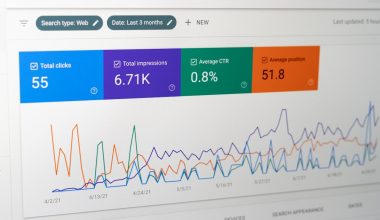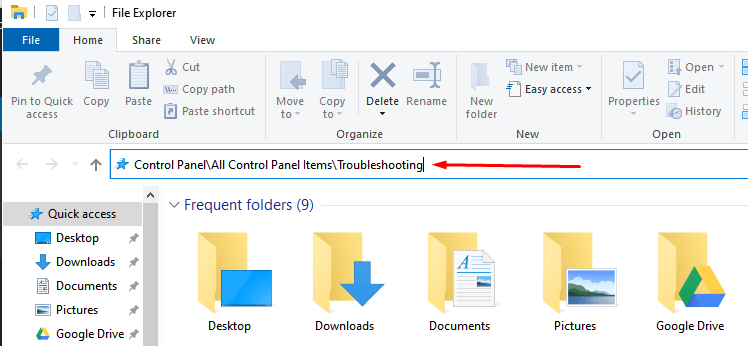Global eCommerce continues to grow at an extraordinary pace, and Shopware—a widely-used open-source eCommerce platform—has emerged as a compelling solution for businesses aiming to reach international markets. One of the key elements to succeeding in such markets is effective localization. Proper localization not only involves translating the user interface but also tailoring the entire shopping experience to local languages, cultural norms, legal regulations, and purchasing behaviors. Utilizing the right software and localization tools is essential to execute this process efficiently and accurately.
The Importance of Localization in Shopware
Localization enables businesses to connect with their audience on a personal level. For Shopware users, this means adapting content, payment methods, tax calculations, delivery options, and customer support to align with regional preferences. When done right, localization can significantly boost conversion rates and customer loyalty while ensuring compliance with local laws and standards.

Core Tools Built into Shopware
Shopware offers several built-in features that allow for basic localization out of the box:
- Language management – Shopware supports multiple languages and allows store owners to create individual content for each language within the admin area.
- Currency and tax configuration – Multiple currencies and tax settings can be configured based on the region, which is essential for price display and tax accuracy.
- Rule Builder – A powerful tool within Shopware that enables users to set dynamic rules based on customer location, cart content, and more.
While these built-in tools provide a strong foundation, businesses often require more advanced solutions to fully localize their operations on a larger scale.
Recommended Third-Party Localization Tools
Numerous third-party integrations, plugins, and SaaS platforms complement Shopware’s native capabilities. Below is a list of reputable and widely-used tools:
- Lokalise – A collaborative platform designed for translating digital content. Lokalise integrates easily with Shopware and helps maintain translation consistency across product descriptions, navigational content, and customer notifications.
- Weglot – A powerful translation tool, Weglot automatically detects and translates website content. It is particularly useful for smaller businesses looking for quick deployment of multilingual capabilities.
- Phrase – Popular among developers, Phrase offers a complete translation management solution with API support and team workflows to ensure high-quality localization across digital assets.
- Transcy – Though originally targeted at Shopify users, Transcy now supports integration through APIs and offers excellent AI-driven translation features for growing eCommerce brands.
All these tools offer features such as translation memory, collaborative editing, and version control, which are crucial for managing localization at scale.
Integration Strategies and Best Practices
To get the most out of these localization tools in a Shopware environment, consider the following best practices:
- Plan early – Localization should be considered from the earliest stages of content creation. This ensures consistency, avoids rework, and saves time during deployment.
- Use professional translators – While machine translations work as a starting point, hiring human translators ensures cultural and contextual accuracy, especially for product descriptions and marketing content.
- Test thoroughly – Before rolling out to new markets, conduct comprehensive testing for language display, payment methods, and local regulation compliance.
- Monitor performance – Use analytics tools to monitor localized versions of your Shopware store. This will help in refining your strategy based on user behavior in different regions.

SEO Considerations for Localized Stores
Localization is not only about translation—it’s also about making your Shopware store discoverable. Ensure your localized pages follow best SEO practices:
- Use hreflang tags to signal to search engines which version of the content is intended for which audience.
- Localize metadata including titles, meta descriptions, and URLs to reflect the language and terminology used by local audiences.
- Create region-specific content such as blogs, FAQs, or landing pages tailored to local interests and search habits.
Conclusion
In an increasingly connected world, high-quality localization is no longer optional—it’s a key component of eCommerce success. Shopware’s native tools and the robust ecosystem of localization software make it easier than ever to deliver a seamless user experience across languages and cultures. By thoughtfully integrating and customizing these solutions, businesses can build trust, improve customer satisfaction, and ultimately increase international sales.
Whether you’re a small business looking to test international waters or an established brand aiming for global reach, investing in the right localization tools and strategies for Shopware will lead to long-term growth and sustainability.





